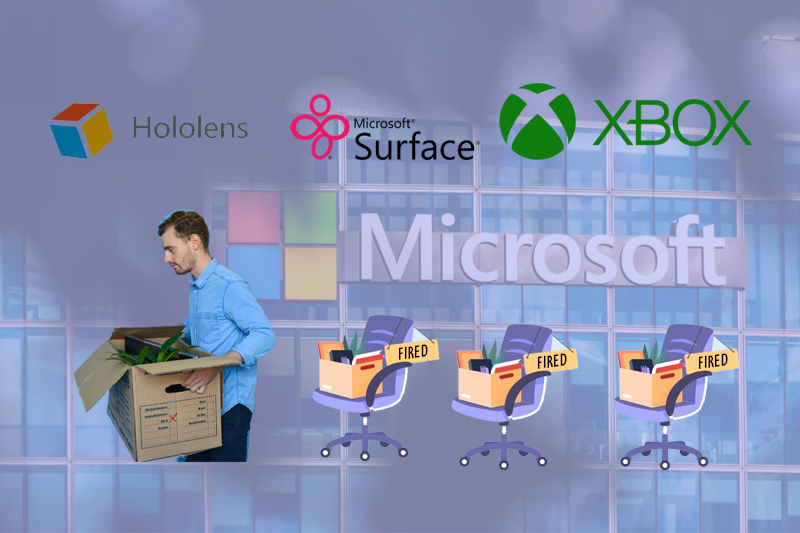
hololens, surface, xbox employees to be laid off as microsoft cuts 10,000 jobs (2)
Microsoft, once considered one of the safest places to work, announced major job cuts last month. It plans to lay off 10,000 employees, or about 5% of its workforce, over the course of this quarter.
Implementing the layoffs, Microsoft on Thursday cut jobs in units including Xbox, HoloLens mixed reality hardware, and Surface devices, people familiar with the matter informed.
With much of the HoloLens hardware team now affected, the significant question of whether Microsoft will produce a third iteration of the goggles outside of a planned version for the US Army is in the limelight.
The company, in an emailed statement, has underscored its commitment to the mixed reality space and the current HoloLens 2 version.
Keep Reading
The US Congress last month rejected the Army’s request for $400 million to purchase 6,900 combat goggles from the tech giant in the current fiscal year. Without a noteworthy order from the Army and a lack of enough significant customers, the HoloLens hardware business’s future will possibly be in doubt, said one of the people who declined to be named discussing confidential matters.
The military, instead of the $400 million it asked for, will receive around $40 million to go towards improving the system as previous headset versions – 1.0 and 1.1 – have significant technical flaws, military reports revealed. Soldiers reportedly suffered eye discomfort, nausea, and headaches during tests.
Version 1.2 is expected to address the physical symptoms, among other benefits. The Army mentioned earlier this month that it would place orders for 1.2 Integrated Visual Augmentation Systems or IVAS headsets “after qualification and operation testing”.
Read| After three-month strike, HarperCollins and striking workers reach tentative agreement
The goggles represent a potentially multibillion-dollar contract between the tech giant and the US Army and have been in development for over four years. IVAS aims to provide soldiers with real-time information from sensors and navigation systems, as well as night and thermal vision and AR training.









